Scottish Marine and Freshwater Science Volume 3 Number 7: Scallop Abundance in the Lamlash Bay No Take Zone - A Baseline Study
Lamlash Bay, in the Firth of Clyde, was declared Scotland‟s first No Take Zone (NTZ) in 2008. This report presents the results of photographic surveys undertaken by Marine Scotland Science in July 2009 and November 2010 during the first phase of a study
Figures
Figure 1: Total weight of P. maximus landed by UK vessels into Scotland from the three statistical rectangles that encompass the Clyde fishery (see inset) between 2000 and 2010 (Marine Scotland Science data, 2011).
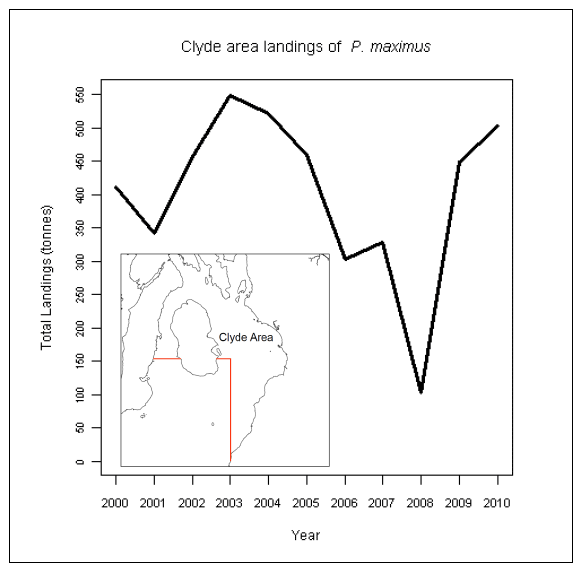
Figure 2: The "Newhaven dredge" commonly used in the UK commercial scallop fishery. Views show: (a) an angled view of a 3-dredge-a-side system and tow bar (b) the steel rings of the collecting bag (top elevation) and (c) the spring-loaded toothed bar (front elevation).
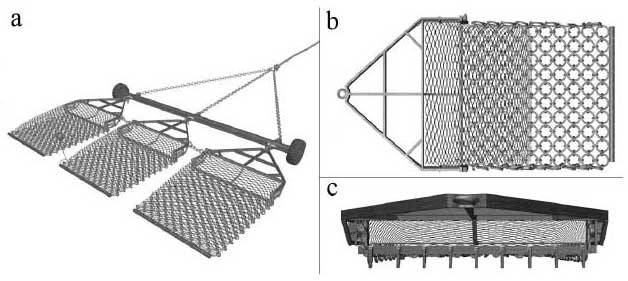
Figure 3: Lamlash Bay and the 2.65 km 2 No Take Zone (hatched area). Inset: the Firth of Clyde and Arran showing the boundary to the inner Firth of Clyde (dashed line) and the position of Lamlash Bay (solid rectangle).
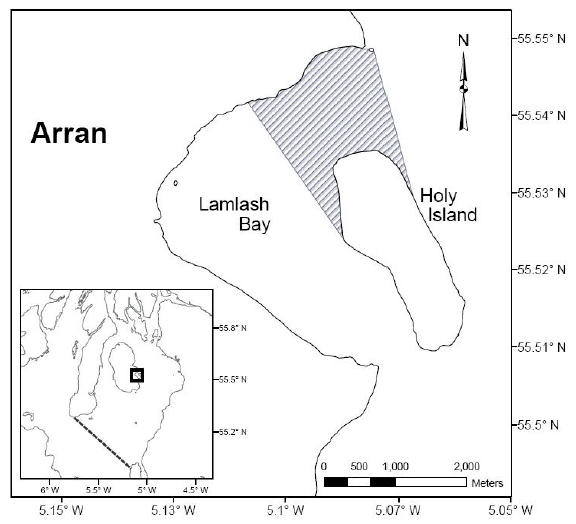
Figure 4: Schematic diagram of the camera drop frame developed by Marine Scotland Science and used throughout the study.
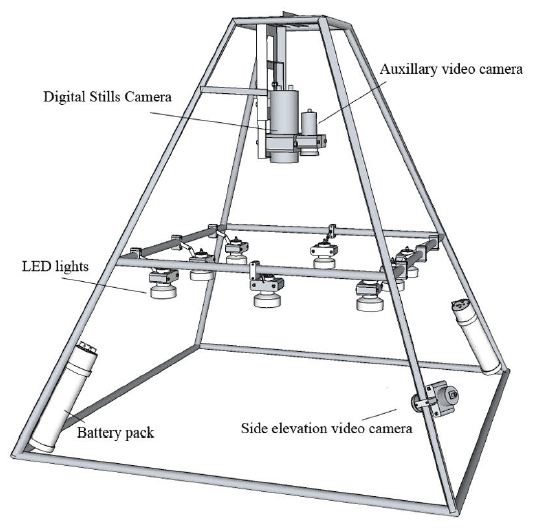
Figure 5: Two quadrat images taken during the 2009 survey showing a).the great scallop, Pecten maximus and b). the queen scallop, Aequipecten opercularis. The scale bar shown is approximately 40 cm in length.
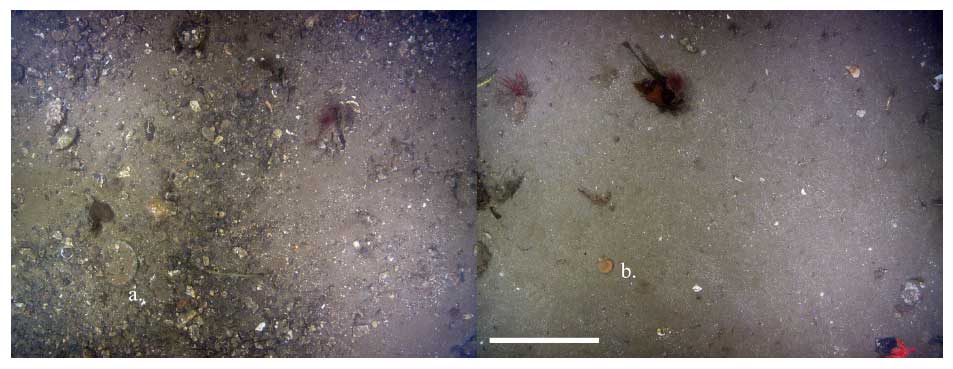
Figure 6: A sediment map of Lamlash Bay and surrounding waters to the east. The boundaries (red line) of the No Take Zone and two reference areas surveyed in the 2009 survey are shown. Both reference areas were redrawn to exclude mud substrates in the 2010 survey (black line).
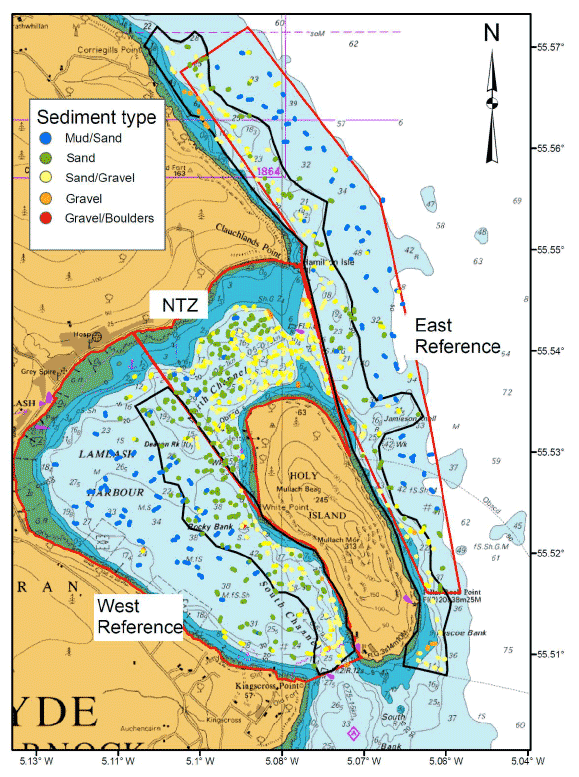
Figure 7: Percentage composition by quadrat of sediments in the Lamlash Bay NTZ and the west and east reference areas as observed during the 2009 and 2010 surveys.
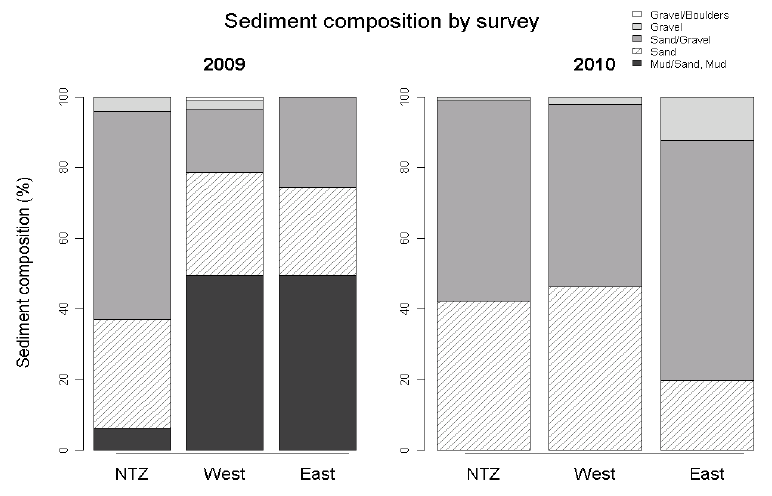
Figure 8:The mean density of great scallops, P. maximus, within the NTZ and the two control areas in 2009 and 2010. Error bars represent ± 2 S.E.
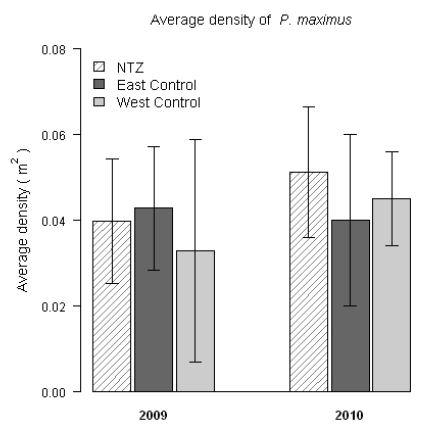
Figure 9: The mean density of the queen scallop, A. opercularis, within the NTZ and the two control areas in 2009 and 2010. ** denotes a significant effect of year. Error bars represent ± 2 S.E.
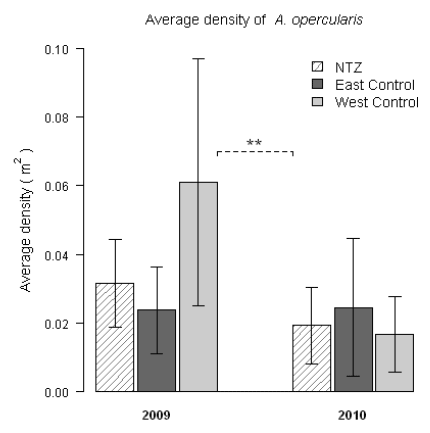
Contact
There is a problem
Thanks for your feedback